Your Guide to Venomous Snakes in Adelaide
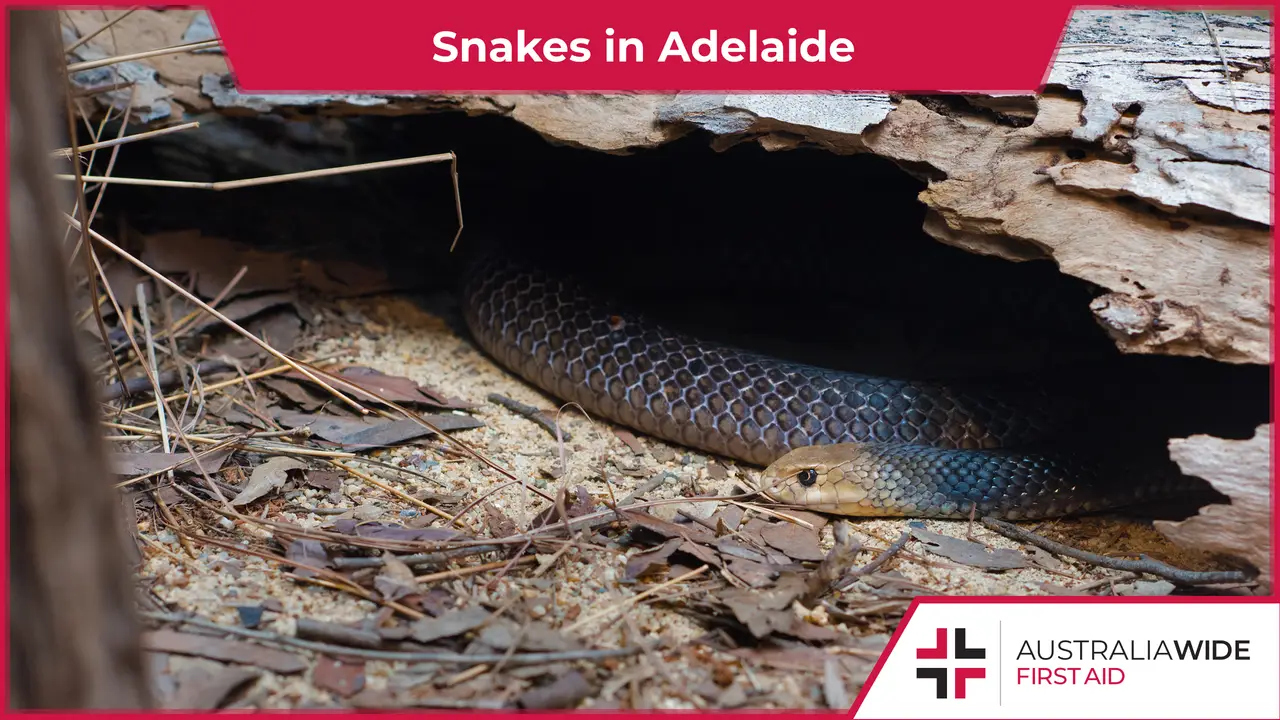

Owing to its abundance of national and conservation parks, Adelaide is home to a wide variety of native wildlife, including venomous snakes.
In this article, we look at the characteristics and preferred habitats of 5 of the most commonly encountered venomous snakes in Adelaide.
For the most part, these snakes have highly toxic venom that can affect living cells and cause dangerous symptoms ranging from bleeding and nausea to irregular heart beat and death.
It is important to remember, however, that these snakes will never go out of their way to attack you. In fact, most bites occur when people attempt to approach, capture, or kill snakes.
If you need a snake relocated from your home, contact a snake catcher, instead.
And to learn about identifying and treating snake bites, head to one of our general or childcare first aid courses near you in Adelaide.
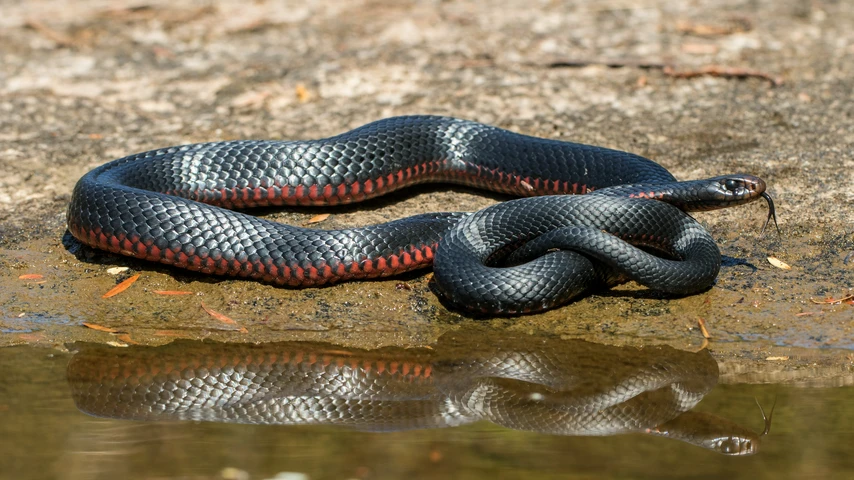
They typically shelter in thick vegetation, mammal burrows, and under large rocks.
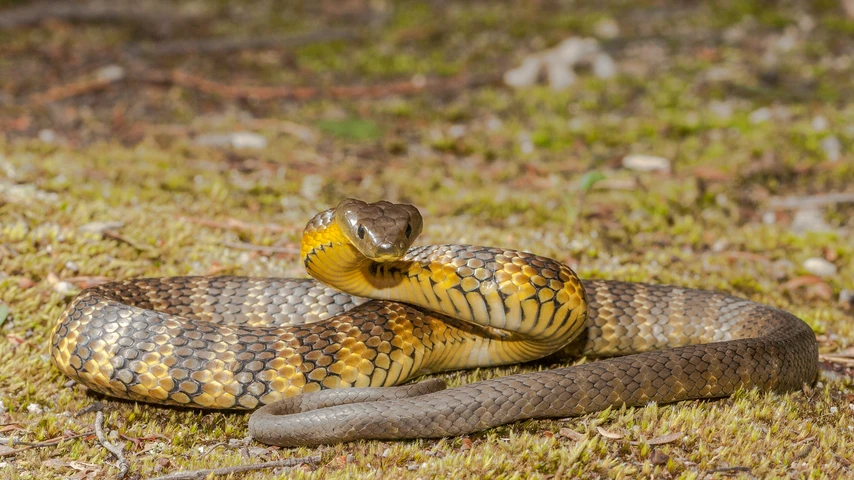
Tiger snakes are mainly found in and around the Murraylands and the Fleurieu Peninsula, including Kangaroo Island. This includes:
They typically shelter in matted vegetation, disused animal burrows, and under fallen timber.
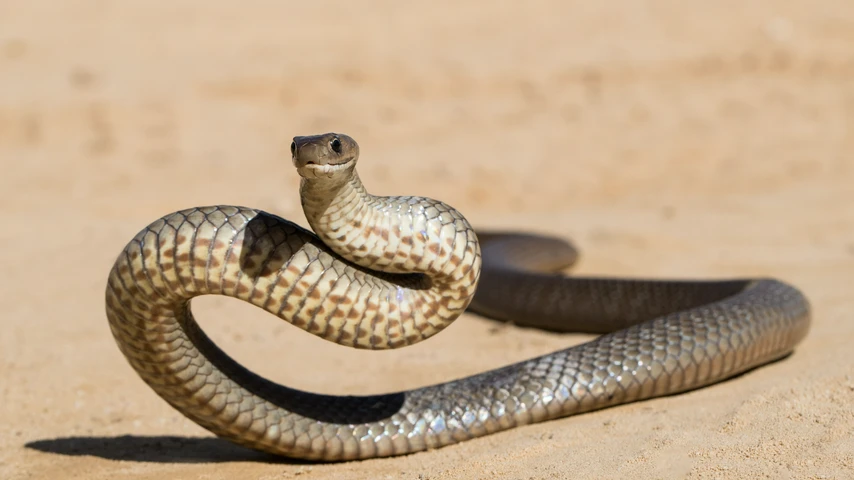
The Eastern brown snake is the most common snake in South Australia and is regularly encountered in Adelaidean suburbs. They can be found in a wide range of habitats, except for rainforest and alpine regions, and generally shelter in or under:
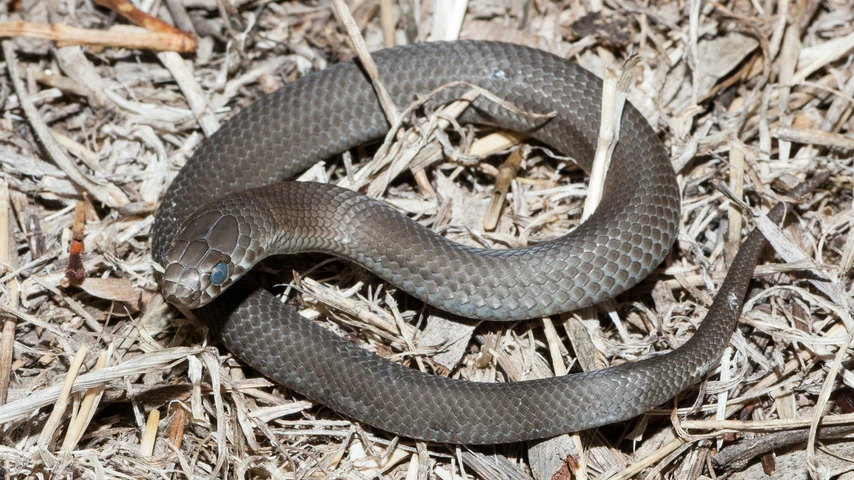
The Pygmy copperhead can be found in the high altitude forests of the Mount Lofty Ranges, and in a wide variety of habitats on Kangaroo Island, including:
They typically shelter under flat stones, fallen timber, and in matted vegetation.
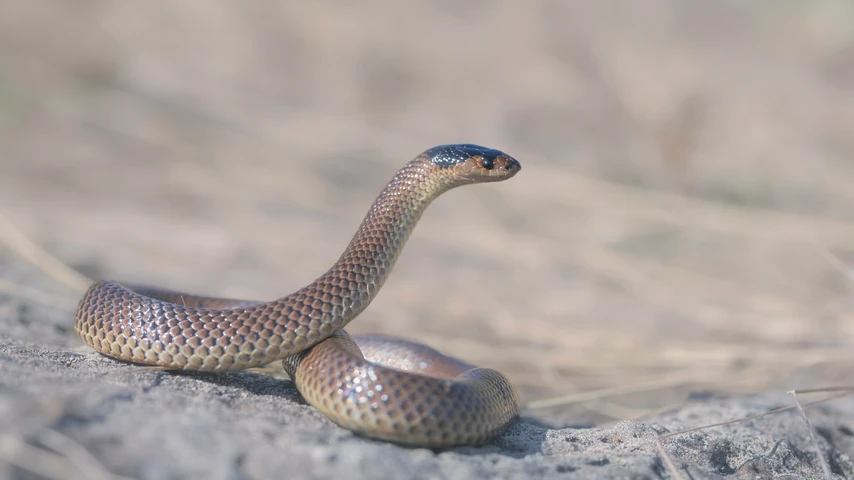
Though Little whip snakes are venomous and can cause pain, they are virtually harmless to humans.
They have been found under rocks, logs, and partially embedded in the soil.
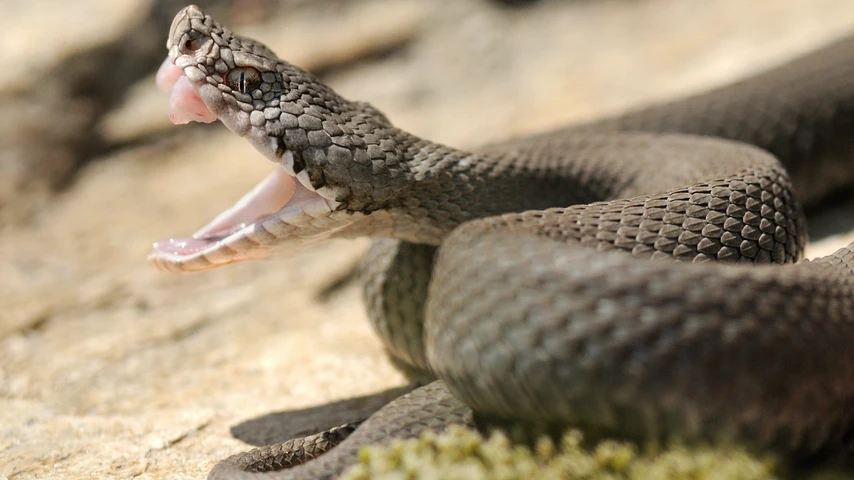
Head to our Resource Library for information about identifying and treating bites from some of Australia's deadliest snakes.
We also cover snake bites in our general and childcare first aid courses.
We have training locations in every state, capital city, and major town throughout Australia, including Adelaide - head to our website to find and enrol in a first aid course near you today.

March 11, 2025
Darwin, the tropical capital of Australia’s Northern Territory, is home to a rich diversity of wildlife - including an impressive array of spiders. From the sprawling webs of golden orb-weavers to the cryptic camouflage of trapdoor spiders, these arachnids play a vital role in the local ecosystem. While some may inspire fear, the majority are harmless and even beneficial, helping to control insect populations.

September 4, 2024
Cat bites, while often underestimated, can lead to serious health complications if not treated promptly and properly. Cats' mouths harbour a variety of bacteria that can cause infections in humans.

April 1, 2024
Encounters with wildlife can often be thrilling, but when it comes to the creature known as the drop bear, the experience can quickly turn dangerous. A sharp increase in recent attacks prompts the need for understanding proper first aid procedures in case of an attack.